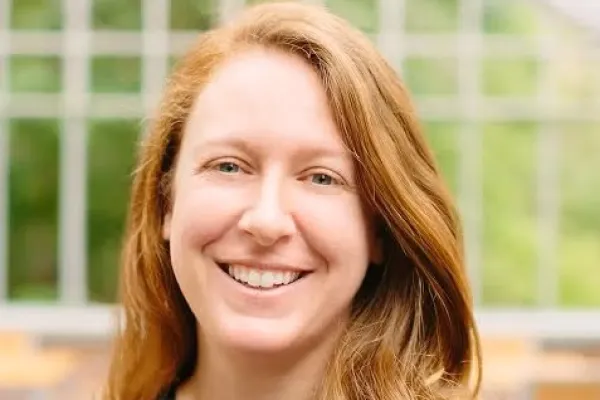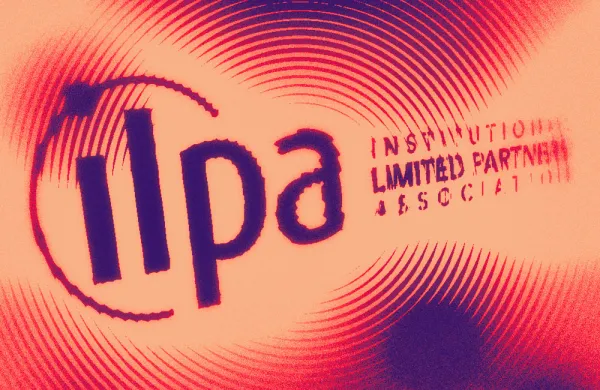There’s plenty to trouble allocators in today’s market, but one question seems to be haunting them more than others: How do you solve a problem like continuation funds?
Popularized in recent years amid the run-up in private equity, continuation funds are investment vehicles set up by investment managers for the sole purpose of buying one or more assets from an existing fund, usually one of their own.
These vehicles purportedly allow a general partner to hold onto their best assets for longer than the life of a fund. But asset owners report that investment managers are launching continuation vehicles earlier, often with less than favorable fees or a lack of transparency.
“What has happened over the last few years has been a shift in the balance of power between GPs and LPs,” said Mike Gould, an investment office director at Lehigh University. “The alignment that was there much more in the beginning has now shifted in favor of the GPs.”
This has prompted a reckoning among LPs, who are caught between choosing to liquidate their investments in ostensibly top-notch assets or rolling into the new fund. “We’ve been hearing a lot of frustrations around timing, lack of say in the process, [and] difficulty responding to these deals,” said Brian Hoehn, a senior associate at the Institutional Limited Partners Association.
In May, ILPA published guidance for limited and general partners on how best to manage continuation vehicles. Provisions include giving limited partners at least 20 business days to make their decisions to roll or sell, involving the limited partner advisory committees in the process, and keeping management fees at the same level, among many other suggestions.
The decision to liquidate is one that most limited partners are making these days. Both Hoehn and Harbourvest Partners managing director Mike Pugatch estimate that somewhere between 80 to 90 percent of limited partners are selling when they have the option to. But they have different theories as to why.
Pugatch — whose firm Harbourvest is often a buyer of continuation fund stakes on the secondary market — takes a rosy view of the situation. He said that in some cases, an investment may be several years old, and an LP would rather receive cash that can be deployed into new strategies. The denominator effect is also “certainly having an impact,” as allocators are looking to add liquidity to their portfolios.
“We’ve been big believers because we wear both hats and see both sides of this,” Pugatch said. “General partners, if they’re open, can structure these deals as a true win-win-win for all involved. It really is all about building trust with all parties.”
Hoehn thinks differently. “GPs will point to the large number of LPs who are selling in these transactions as proof that LPs are supportive of these transactions,” he said. “That said, just because LPs are selling doesn’t mean they agree with the transaction. Oftentimes they may be forced sellers.”
What Hoehn means is that allocators who want to continue to hold onto an asset may not be able to when a GP comes knocking with a continuation fund. They might not have the resources necessary to diligence the fund or the underlying assets — many asset owners have teams of four people or fewer.
Said Gould, “It’s very time-consuming, because you’re essentially doing single-asset due diligence or many times multiple asset due diligence, on top of re-underwriting the manager and the fund structure. Many of the leaner teams were probably not built to sustain the velocity at which these funds are being created.”
They also may not have delegated authority, which means that their boards have to approve investments before they’re made. When a board meets four times per year, and continuation vehicles tend to be closed in twenty business days, the time frames don’t align.
Although Lehigh’s asset pool is small compared to some allocators — around $2 billion in total — the team has the resources necessary to assess whether selling or rolling an investment into a new fund makes sense.
“When we look postmortem at the situations that we’ve encountered to date, it has almost always made sense to roll our investment into the continuation vehicle,” Gould said. “The performance we’ve realized to date in these funds has for the most part either met or exceeded initial expectations. This has provided some validity to us over the quality of the underlying assets in these funds.”
Al Hemmingsen, chief investment officer at Parkland Management Company, a family office based in Ohio, has seen more mixed results in the portfolio. The family office similarly back-tested the continuation vehicles available to it, and given the results, “almost always” chooses the cash option, Hemmingsen said.
“The reality is, we’re a layer removed from these companies at some level, and we have to make an intelligent decision,” Hemmingsen said. “We want to know what the default option [is] that sets the odds in your favor.”
Despite these challenges, Hoehn is hopeful that investment managers and their limited partners can find alignment again and make these vehicles work for everyone involved. “Stepping back, we don’t necessarily think that these transactions are bad,” he said. “These can be beneficial to GPs, LPs, the whole industry. These are a great tool for providing liquidity.”
Moving forward, Hoehn suggests a few things that can make the process easier for everyone. Those that sit on limited partner advisory committees should try their best to be actively involved in the process of considering a continuation vehicle and should press the GP to avoid conflicts of interest.
“For some managers, it’s apparent that there is heavy LPAC involvement,” Gould said. “Those are the funds where alignment tends to be the most properly balanced between GPs and LPs.”
LPs may also consider adjusting their delegated authority provisions when continuation funds come up and decide which team is best resourced to diligence these opportunities.
For GPs, meanwhile, the underlying principle is transparency. “They can clearly talk to investors about why they’re looking to execute on these deals,” Pugatch said. “They should ensure that the LPAC is well-informed along the way.”







